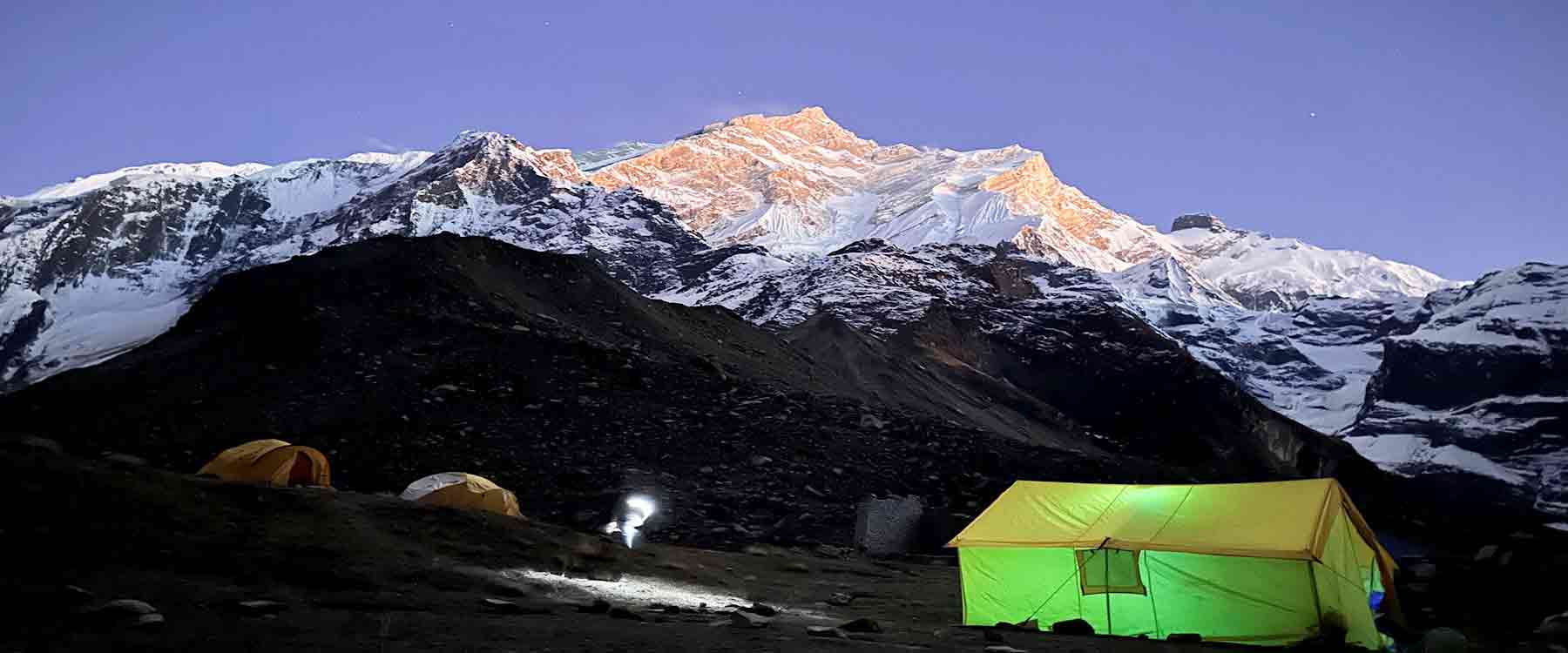- info@mountadventureholidays.com
- +977 - 9843746611

The Everest Base Camp Trek is a challenging and rewarding adventure that requires careful planning and preparation. Essential items include sturdy trekking boots, a daypack, warm clothing layers, waterproof jackets, sleeping bags, trekking poles, hats, gloves, and a scarf; sunglasses with UV protection; water bottles; water purification tablets; snacks; energy bars; a basic first aid kit; a headlamp or flashlight; a camera; and spare batteries. The cost of the trek can range from $1,000 to $2,500 per person, depending on the duration, package inclusions, and service provided by the trekking company. The trek typically takes 12 to 14 days, with a general itinerary including arrival in Kathmandu, flights to Lukla, Phakding, Namche Bazaar, Tengboche, Dingboche, and Lobuche, and a return to Kathmandu. Prioritizing safety and choosing a trekking company with a good track record, experienced guides, and proper support is crucial. Trekkers should be prepared for challenging terrain and varying weather conditions, with proper gear and physical fitness essential for a successful trek. Altitude acclimatization, proper gear selection, nutrition, and hydration are also crucial factors for the success and safety of the trek. It is important for trekkers to be aware of the potential risks associated with high-altitude trekking, such as altitude sickness, and to take the necessary precautions. Adequate rest and acclimatization days should be included in the itinerary to allow the body to adjust to the changing altitude. Additionally, maintaining a balanced diet and staying hydrated throughout the trek are essential for ensuring energy levels and overall well-being.
Gear: The Everest Base Camp trek involves hiking through varied terrain and changing weather conditions. Here are some essential items you'll need:
Cost: The cost of the Everest Base Camp trek can vary depending on the duration of the trek, inclusions in the package, and the level of service provided by the trekking company. On average, the cost can range from $1,000 to $2,500 or more per person.
Package: A typical Everest Base Camp trek package may include the following:
Itinerary: The Everest Base Camp trek typically takes around 12 to 14 days, depending on the specific itinerary and acclimatization days. Here's a general outline:
Day 1: Arrive in Kathmandu Day 2: Fly to Lukla and trek to Phakding Day 3: Trek to Namche Bazaar Day 4: Acclimatization day in Namche Bazaar (Optional hike to Everest View Hotel) Day 5: Trek to Tengboche Day 6: Trek to Dingboche Day 7: Acclimatization day in Dingboche (Optional hike to Nangkartshang Peak) Day 8: Trek to Lobuche Day 9: Trek to Everest Base Camp and back to Gorak Shep Day 10: Hike to Kala Patthar for sunrise views and descend to Pheriche Day 11: Trek to Namche Bazaar Day 12: Trek to Lukla Day 13: Fly back to Kathmandu Day 14: Departure from Kathmandu
Guide and Departure: For the Everest Base Camp trek, having an experienced and knowledgeable guide is highly recommended, especially for navigation and cultural insights. Reputable trekking companies usually provide trained guides.
Improved Infrastructure: Nepal has been steadily improving its infrastructure in the Everest region, including better teahouses, lodges, and facilities for trekkers. This means you can expect more comfortable accommodations and dining options along the trekking route.
Experience of a Lifetime: Standing at the base camp of the world's highest peak, Mount Everest, is an unforgettable experience. The trek offers breathtaking views of Everest, Lhotse, Nuptse, and other towering peaks.
Rebounding Tourism: If you plan your trek for 2023-24, the tourism industry in Nepal is likely to have recovered further from any previous setbacks (e.g., earthquakes or pandemic-related impacts). This can lead to a more vibrant and well-functioning trekking environment.
Cultural Immersion: The Everest region is rich in Sherpa culture and traditions. During the trek, you'll have the opportunity to interact with local Sherpa communities, visit monasteries, and gain insights into their way of life.
Stable Political Situation: Nepal has had periods of political instability in the past, but choosing a time like 2023-24 could mean a more stable political situation, which contributes to a safer and more enjoyable trekking experience.
Improved Safety Measures: With the increasing popularity of the Everest Base Camp trek, there has been a growing emphasis on safety measures and regulations to protect trekkers and the environment. Trekking companies are now more attentive to safety guidelines and best practices.
Guided Trekking Options: If you prefer a guided trek, you'll have access to experienced guides and porters who will ensure your safety and enhance your overall trekking experience.
As for the departure dates in 2023/24, different trekking companies will have varying schedules available. It's best to inquire directly with trekking agencies or check their websites for the most up-to-date information on departure dates and availability.
© Copyright 2025 Mount Adventure Holidays ,All rights reserved. | Developed by : Web Design In Nepal